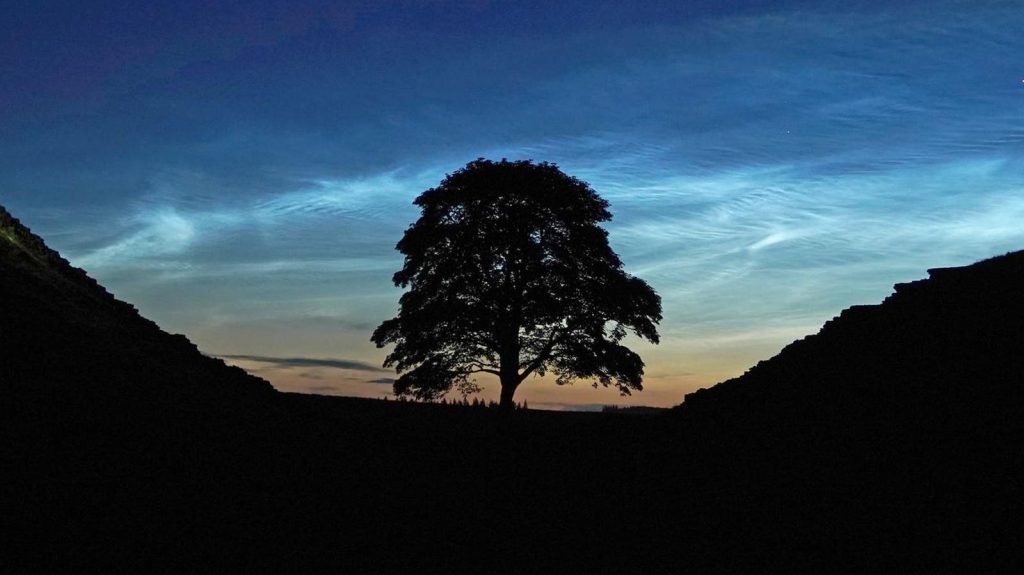Each Monday, I pick out North America’s celestial highlights for the week ahead (which also apply to mid-northern latitudes in the Northern Hemisphere). Check my main feed for more in-depth articles on stargazing, astronomy, eclipses and more.
The Night Sky This Week: June 2-8, 2025
As summer nears in the Northern Hemisphere, the nights are short. This week, they’re dominated by the moon, which enters its bulging gibbous phase in advance of next week’s full strawberry moon.
As well as its close brush with star Spica, there’s a post-sunset view of giant Jupiter and tiny Mercury and, later at night, the chance of “space clouds.” Here’s everything you need to know about stargazing and astronomy this week:
Monday, June 2: First Quarter Moon
At 10:41 p.m. EDT, the moon reaches its first quarter phase, appearing half-lit in the southern evening sky. It’s a lovely sight, but it does mark the point where its brightness begins to bleach the night sky, making faint stars and constellations tougher to find. Look below the moon for Mars in the southwest and bright star Regulus in the constellation Leo between the two.
Thursday, June 5: Moon And Spica
Tonight, the 77%-lit waxing gibbous moon approaches Spica, the constellation Virgo’s brightest star (see below). They may appear close, but it’s all an illusion — they’re 261 light-years apart.
Friday, June 6: Jupiter In Mercury In Conjunction
If you can find a clear view low to the northwest sky horizon, take your place shortly after sunset to try for a view of two planets just a few degrees from each other — Jupiter and Mercury. Technically, it’s a naked-eye target, but binoculars may be essential given that it’s so low on the horizon. They’ll shine at a similar brightness, with Mercury on the way up just as Jupiter is on its way down.
Saturday, June 7: Jupiter In Mercury In Conjunction
Tonight offers a second view of the planetary pair, with Mercury slightly higher in the northwestern sky and Jupiter marginally lower. It’s likely your last look at Jupiter for a while. It will now enter the sun’s glare, passing behind it from our point of view on June 24 before eventually reappearing in the morning sky in July.
Object Of The Week: Noctilucent Clouds
Darkness may be in short supply in June in northern latitudes, but as twilight deepens, there can often be something spectacular high in the northern sky. Look around 10 p.m. for noctilucent clouds, thread-like structures about 50 miles up close to the edge of space. They’re the product of ice crystals forming around dust from meteors in the high atmosphere.
Constellation Of The Week: Virgo
The constellation Virgo, “the Maiden,” is high in the southern sky after dark this week. Its brightest star, Spica — close to the moon on Thursday — can be found using the Big Dipper. Follow the stars of its handle in an arc to go “arc to Arcturus,” the bright reddish star in the constellation Boötes, “the Herdsman,” then “spike to Spica” (those it’s usually pronounced “speaker”). Virgo contains the Virgo Cluster, a group of galaxies about 54 million light-years from the Milky Way.
The times and dates given apply to mid-northern latitudes. For the most accurate location-specific information, consult online planetariums like Stellarium.
Wishing you clear skies and wide eyes.
Read the full article here









